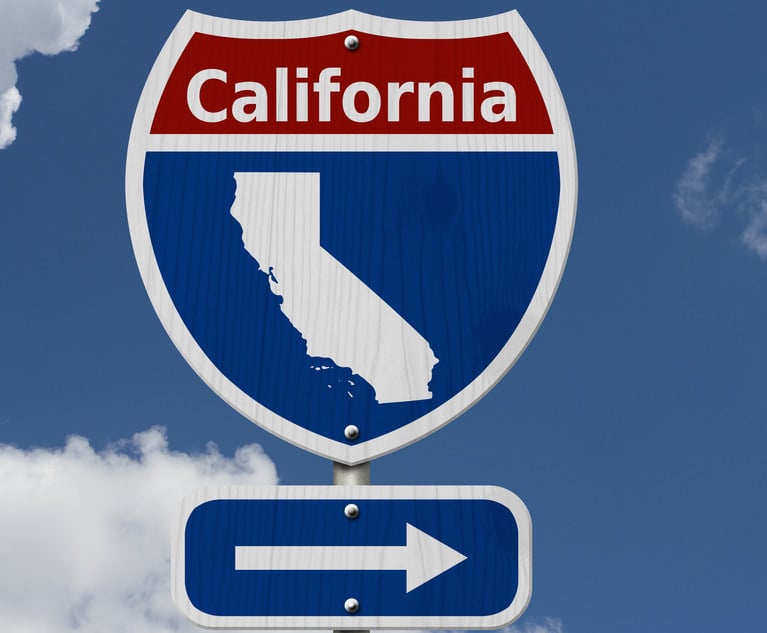(Bloomberg) — American International Group Inc. and PrudentialFinancial Inc. told regulators they could divest units and haltpolicy sales to avoid taking a bailout in a future crisis.
|AIG, the insurer that repaid a U.S. rescue in 2012, andPrudential, which didn't take Treasury Department funds, submittedthe wind-down plans for the first time, after being designatedsystemically risky by federal regulators last year. The publicportions of the plans, released yesterday, are similar to thosesubmitted by banks in their reliance on unit sales.
|If the sale of assets is insufficient to stabilize AIG, theinsurer's main subsidiaries would eventually be liquidated underthe supervision of state and national watchdogs, according to thecompany's document.
|"AIG believes that each resolution strategy is feasible andwould not give rise to adverse effects on the financial stabilityof the United States," the New York-based insurer said in thedocument.
|A resolution plan from General Electric Co.'s finance unit,deemed systemically important last year, was also disclosedyesterday. Banks including Goldman Sachs Group Inc., JPMorgan Chase& Co. and Wells Fargo & Co. had proposals posted onlinethat were similar to documents filed a year ago.
|If the plans aren't credible, regulators can ask forimprovements or, if shortcomings persist, eventually forcestructural and portfolio changes at the firms. The biggest banksstill haven't received a response from regulators to the plans theyfiled last year.
|'Preferred Strategy'
|AIG and Prudential said in the documents that some units couldbe wound down in Chapter 11 bankruptcies, while state-regulatedinsurance subsidiaries would be handled by those watchdogs.Spokesmen at AIG and Prudential declined to comment beyond thedocuments.
|The "preferred strategy for resolution involves thereorganization of Prudential," the insurer said. Prudential and itsmain asset manager "would likely sell certain businesses andreorganize around the businesses each elects to retain."
|Prudential, based in Newark, New Jersey, is the second-largestU.S. life insurer. No. 1 MetLife Inc. is in the final stage ofconsideration to be labeled systemically important, and thereforewasn't required to submit a plan.
|In its aim to prevent a repeat of the 2008 creditcrisis, the 2010 Dodd-Frank Act required the most complex financialfirms — banks and non-banks like AIG — to each plot its own demise.The companies must send annual "living wills" to the FederalDeposit Insurance Corp. and Federal Reserve that walk the agenciesthrough a hypothetical liquidation that won't damage the widerfinancial system or call for taxpayer intervention.
|'Orderly Runoff'
|GE Capital said it would liquidate "using a combination ofgoing-concern business platform sales, specific asset sales, andorderly runoff of assets." Potential buyers include banksand private equity funds, according to the document.
|AIG said in the filing that both the insurer and the financialsystem have become more stable since the company was bailed out in2008 after losses on mortgage-related derivative bets. The companyhas simplified itself, in part by selling about $80 billion ofassets such as Asian life insurers and a U.S. consumer lender.Those sales helped Chief Executive Officer Robert Benmosche repaythe bailout.
|AIG "has itself undertaken significant initiatives to reducerisk and focus on its core insurance businesses," the company saidin its plan.
|–With assistance from Elizabeth Dexheimer and Zeke Faux inNew York.
Want to continue reading?
Become a Free PropertyCasualty360 Digital Reader
Your access to unlimited PropertyCasualty360 content isn’t changing.
Once you are an ALM digital member, you’ll receive:
- All PropertyCasualty360.com news coverage, best practices, and in-depth analysis.
- Educational webcasts, resources from industry leaders, and informative newsletters.
- Other award-winning websites including BenefitsPRO.com and ThinkAdvisor.com.
Already have an account? Sign In
© 2024 ALM Global, LLC, All Rights Reserved. Request academic re-use from www.copyright.com. All other uses, submit a request to [email protected]. For more information visit Asset & Logo Licensing.








